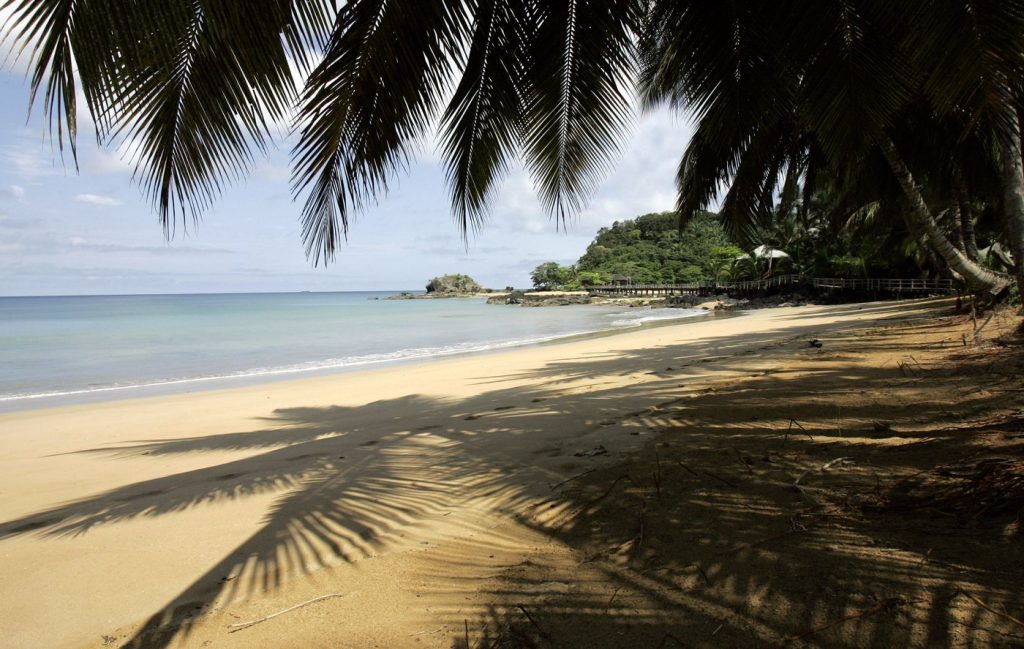The Indonesian archipelago, which is home to three-fourths of Earth's coral species, has recently been included among 26 new UNESCO-designated biosphere reserves. Alongside it, the Snæfellsnes Biosphere Reserve in Iceland and Quiçama Biosphere Reserve in Angola have also been recognized for their unique ecosystems. The announcement took place on Saturday in Hangzhou, China, where UNESCO's cultural agency revealed a 10-year strategic action plan focusing on studying climate change impacts.
UNESCO biosphere reserves, totaling 785 across 142 countries since 1971, are critical for preserving some of the planet's most rich and fragile ecosystems. These areas are not only strictly protected nature reserves; they also include regions where communities reside and engage in economic activities. Balancing conservation efforts with the cultural and economic needs of local populations is a fundamental aspect of the biosphere reserve concept, as emphasized by António Abreu, the head of the program. He warned that excluding local communities from decision-making can lead to conflicts and misunderstandings.
The newly designated reserves are significant biodiversity hotspots. For instance, the Raja Ampat area in Indonesia spans 52,000 square miles (135,000 square kilometers) and is home to over 75% of the world's coral species, as well as rainforests and endangered sea turtles. The local economy heavily relies on fishing, aquaculture, small-scale agriculture, and tourism.
Similarly, Iceland’s Snæfellsnes Biosphere Reserve, covering 1,460 square kilometers (564 square miles), features a diverse landscape comprising volcanic peaks, lava fields, wetlands, and grasslands. This reserve is crucial for seabirds and seals and houses over 70% of Iceland's plant life, including a variety of wildflowers and ferns. The local population of over 4,000 is engaged in fishing, sheep farming, and tourism activities.
In Angola, the Quiçama Biosphere Reserve stretches along 206 kilometers (128 miles) of the Atlantic coast, serving as a sanctuary for biodiversity among its savannahs, forests, and estuaries. The reserve supports a rich variety of wildlife, including elephants, manatees, sea turtles, and over 200 bird species. Local residents participate in activities such as livestock herding, farming, fishing, and honey production.
Collaboration among local communities, scientists, and government officials is vital for maintaining biodiversity within these biosphere reserves. In the Philippines, for example, coral reefs around Pangatalan Island were severely damaged due to fishing practices. Scientists intervened by designing structures to facilitate coral regrowth and trained local fishermen in sustainable aquaculture methods, allowing the reefs to recover while also providing food and alternative sources of income.
In São Tomé and Príncipe, the establishment of a biosphere reserve on Príncipe Island has led to the restoration of mangroves that help protect against storm surges while also serving as vital habitats. This year, a biosphere reserve was also designated for the island of São Tomé, marking the first instance of a country existing entirely within a reserve.
However, climate change poses significant threats, with over 60% of UNESCO biosphere reserves affected by extreme weather events caused by the burning of fossil fuels, leading to phenomena such as heatwaves, droughts, and rising sea levels. To monitor these changes, UNESCO employs satellite imagery and computer models, along with digitizing historical databases to aid in the effective management of these reserves.
Some biosphere reserves, such as Nigeria's Omo Forest Reserve, face environmental pressures like habitat degradation due to agricultural expansion, threatening critically endangered species like African forest elephants. In the context of international involvement, the U.S. plans to withdraw from UNESCO by December 2026, affecting its 47 biosphere reserves located primarily in federal protected areas. Overall, the establishment of these new biosphere reserves signals an ongoing commitment to biodiversity conservation while emphasizing the importance of inclusive planning that considers local community needs.










